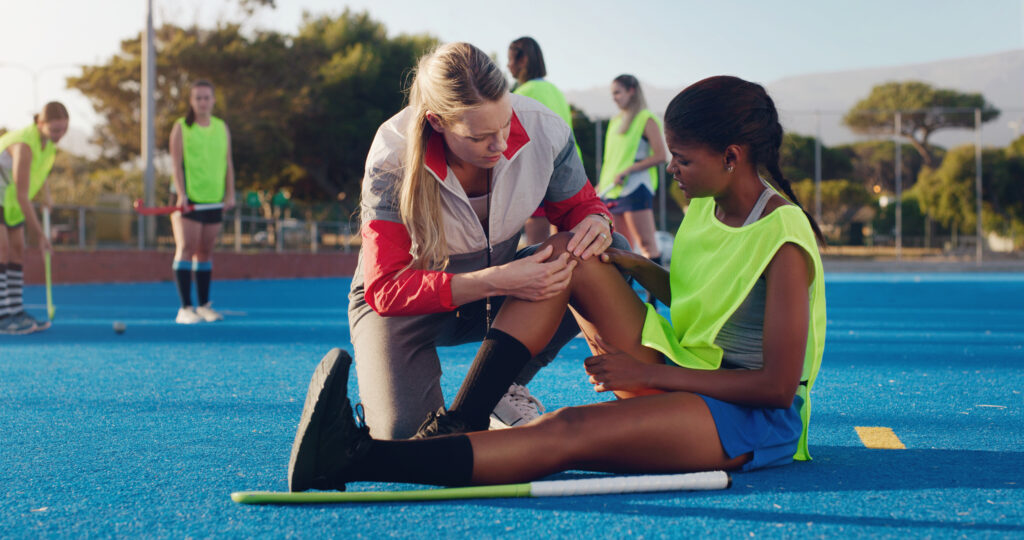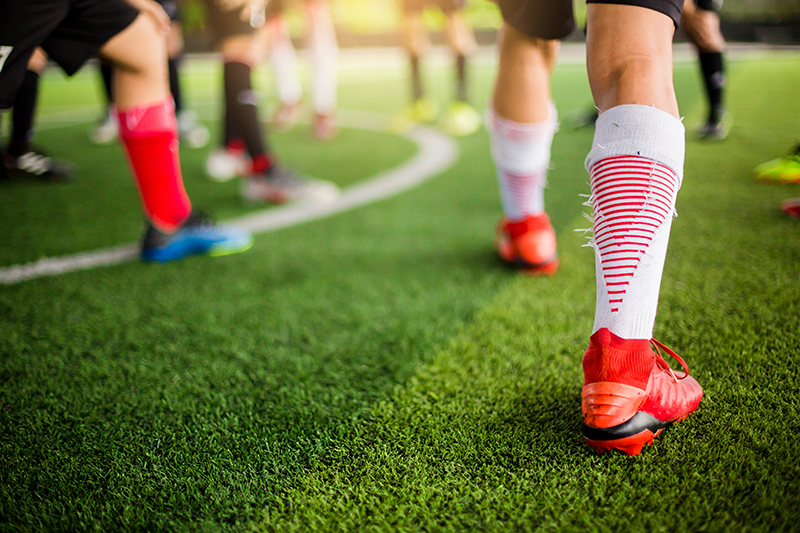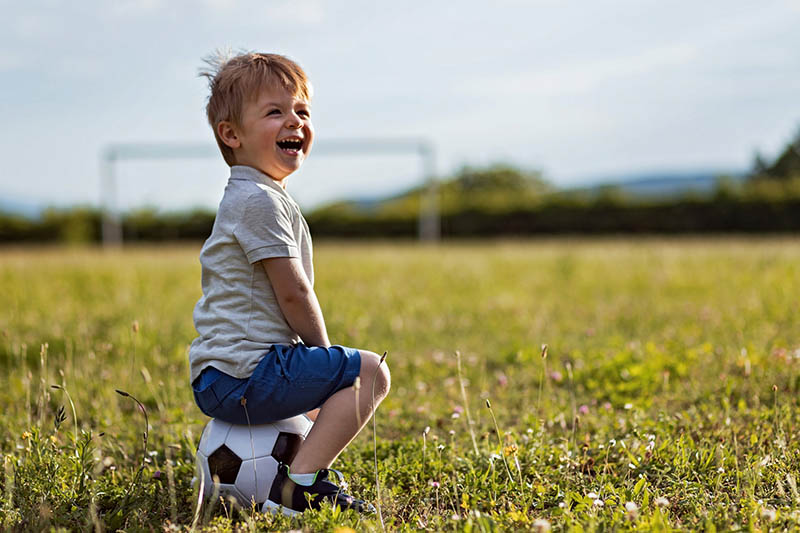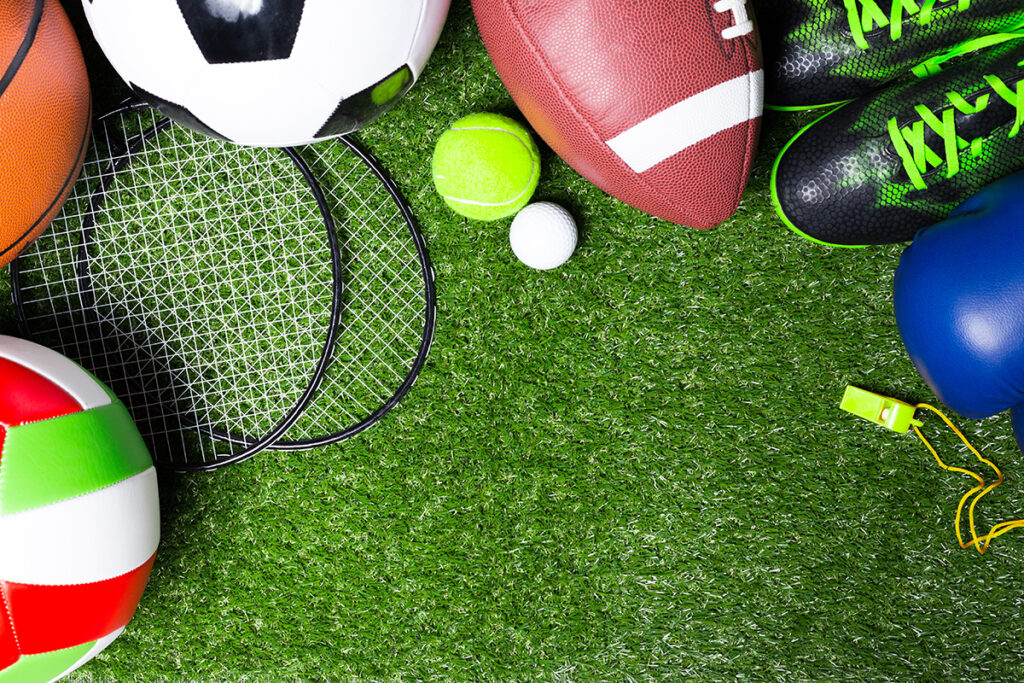What Are Overuse Injuries?
Overuse injuries are a common concern for young athletes, particularly those who participate in a single sport year-round. These injuries occur when an athlete repeatedly stresses a particular part of their body, leading to tissue damage and a breakdown in the musculoskeletal system. Unlike acute injuries, which happen suddenly due to trauma, overuse injuries develop gradually over time due to continuous physical activity without adequate rest and recovery.
Why Are Young Female Athletes More Susceptible to Overuse Injuries?
Young female athletes face a higher risk of overuse injuries due to various factors, including their physical development, sport participation patterns, and hormonal changes during adolescence. Studies indicate that female athletes, especially those in high school, are at a greater risk for certain overuse injuries compared to their male counterparts. Their bodies are still growing, and the increased intensity and frequency of physical activities, without proper recovery, can lead to long-term damage.
Additionally, female athletes are more prone to energy deficiency, particularly when they push their physical limits without proper nutrition or adequate rest. This energy imbalance can increase their risk of injury, including stress fractures, tendinitis, and other common overuse injuries. Female athletes also experience hormonal fluctuations throughout their menstrual cycle, which can impact their physical performance and increase the risk of overuse injuries.
Common Overuse Injuries in Female Athletes
Overuse injuries are particularly prevalent among young female athletes, especially those involved in high school sports. Common overuse injuries in female athletes include:
Stress Fractures
Stress fractures are small cracks in bones that develop over time due to repetitive stress. These injuries are most commonly seen in weight-bearing bones, such as the shin, foot, or spine. Female athletes who participate in sports with high-impact activities, such as running or gymnastics, are particularly vulnerable to stress fractures.
Tendinitis (e.g., Achilles and Patellar Tendinitis)
Tendinitis, an inflammation of the tendons, is another common overuse injury among young athletes. Achilles tendinitis affects the tendon connecting the calf muscles to the heel, while patellar tendinitis impacts the knee area. Both conditions are often seen in athletes who engage in repetitive running or jumping activities. Early intervention is key to preventing long-term damage.
Shin Splints (Medial Tibial Stress Syndrome)
Shin splints are one of the most common overuse injuries in young athletes. This condition is characterized by pain along the shinbone, typically caused by repetitive stress and overuse of the muscles and tendons in the lower leg. Shin splints are frequently seen in runners and athletes who perform a lot of jumping.
Sever’s Disease (Heel Pain)
Sever’s disease is a condition that causes heel pain in young athletes, particularly those involved in running or jumping sports. It is caused by inflammation of the growth plate in the heel and is most common during periods of rapid growth in adolescence. Although the pain is usually temporary, it can significantly impact an athlete’s performance.
Risk Factors Contributing to Overuse Injuries
Several factors contribute to the increased risk of overuse injuries in young female athletes. Understanding these risk factors is essential for preventing overuse injuries and promoting long-term athletic performance.
Growth and Development
During growth spurts, young athletes are particularly vulnerable to overuse injuries. Rapid bone growth can lead to muscle imbalances and an increased risk of injury, especially if the athlete is engaging in repetitive activities. It is crucial for female athletes to receive the proper guidance on physical activity and ensure they are not overexerting themselves during these critical growth periods.
Repetitive Movements in Sports
Repetitive movements in sports, such as running, jumping, or swinging, increase the risk of overuse injuries. Female athletes who specialize in one sport, especially at the high school level, are at greater risk of developing overuse injuries due to the constant repetition of the same movements. Cross-training in different physical activities is recommended to help reduce the risk of injury and promote overall athletic development.
Warning Signs of Overuse Injuries in Young Athletes
It’s important for coaches, parents, and athletes to recognize the warning signs of overuse injuries. Some common symptoms include:
- Persistent pain that doesn’t improve with rest
- Swelling or tenderness in the affected area
- Decreased range of motion or flexibility
- Pain during or after activity that affects athletic performance
If these symptoms appear, it’s important to take them seriously and seek medical attention to prevent long-term damage.
When to Seek Medical Attention for Overuse Symptoms
If you notice any signs of overuse injuries, such as persistent pain or swelling, it’s important to consult a sports medicine professional. Early intervention is crucial in treating overuse injuries and preventing them from becoming more severe. Sports doctors can evaluate the injury, recommend treatment options, and guide you on proper recovery techniques.
Request an Appointment
If you believe your child may be suffering from an overuse injury, or if you have concerns about their athletic performance, schedule an appointment with our team of pediatric orthopedic specialists. We can assess their condition and provide the appropriate care to help them recover and return to their activities safely.
Call 973-538-7700 to schedule an appointment. Our dedicated team is here to help your young athlete recover and perform at their best.



